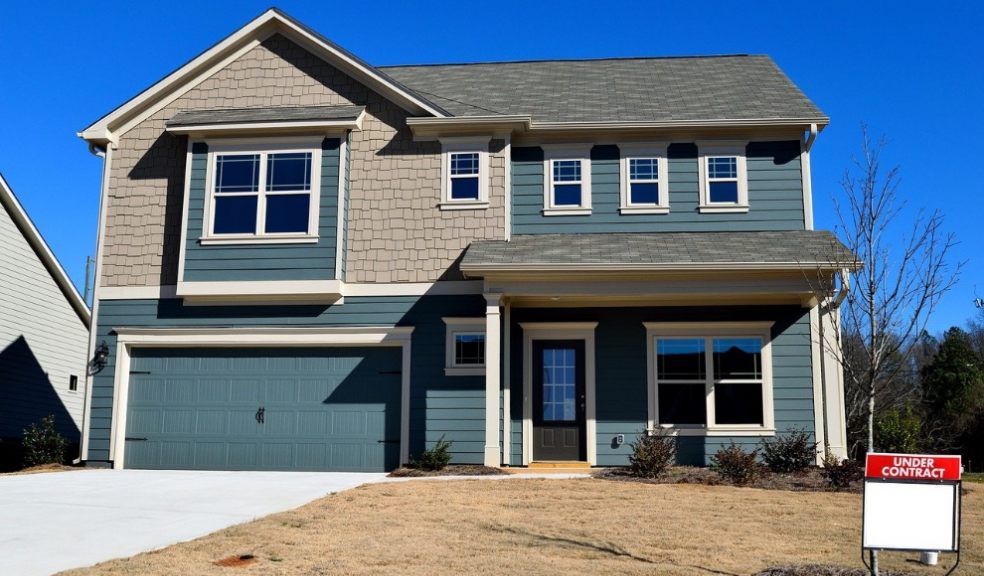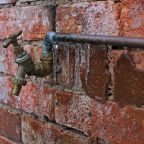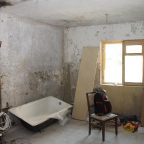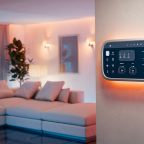
Top 5 cladding materials to use
The walls of our houses are very important. They tell the story of the family that inhabits it, and they can define their tastes and style. When deciding how to decorate it, we have two options: paint or coating; and for the latter, the materials are diverse and can be natural or artificial.
What should we take into account when choosing which is the ideal coating for our walls? What material is more suitable? It all depends on our type of home, the budget, the cladding types you are looking for, and other key factors when choosing.
For this reason, below is a list of the top 5 cladding materials to use. Choosing the right one will bring you many benefits and will help you take care of the exterior appearance of your house. Which one do you prefer?
1. Stone
Stone is one of the most traditional materials for cladding facades. Well used, it can remind those old houses how sturdy they seemed. In addition, it is a safe bet to give our home that classic, elegant, and resistant appearance that we often look for.
You can choose to use natural stone for your facades, such as granite, slate, or marble, depending on the aspect you want to convey. This option will provide you with higher quality but also a larger budget.
Another cheaper option is artificial stone, which achieves an effect very similar to natural stone at a much lower price.
2. Wood
Wood is a material that offers excellent versatility when we talk about facades. It is perfect for buildings that want to convey a more traditional and warm style and for those looking for a touch of modernity and simplicity.
However, wood tends to resist inclement weather worse than other materials, this being one of its most significant disadvantages. For this reason, it is not recommended for very humid climates or with a lot of rain. If you still decide on this material, compare the different types of wood and maintenance treatments they need.
3. Concrete
The concrete facades are perfect for giving an avant-garde touch to the exterior of our home. This, together with its easy installation, variety of finishes, durability, and excellent resistance to adverse conditions and fire, explain the large number of buildings that opt for this type of exterior cladding.
Homes, industrial facilities, public buildings, shopping centers, sports venues, etc. Concrete adapts to any purpose.
Normally, these are prefabricated panels placed directly on the outside of buildings, hence the ease of installing them.
4. Brick
A classic among the classics and, even so, one of the most used in modern constructions. Among its main advantages is its versatility, low maintenance, and resistance.
It can blend in with different styles, materials, and environments since there are many finishes that will make it easier for us to adapt the brick to the faccade of our home.
It is suitable for the vast majority of climatic zones, allows thermal and acoustic insulation, is resistant to climatic factors and fire, and is a material that breathes naturally. What more could you want?
5. Stucco
Stucco is a paste composed of lime, plaster, cement, marble sand, and natural pigments. It is widely used to cover walls and give them a texture reminiscent of natural stones. It also strengthens the walls and waterproofs them against mold and humidity.
As you can imagine, it is cheaper compared to other materials such as stone, and it is easy to maintain. However, to ensure a good finish it is advisable to contact a leading firm of cladding contractors such as Tritec. It is also necessary to prepare the surface on which it will be included so that it adheres well to the wall.
In conclusion
When choosing cladding types, we must know that it must be in harmony with our home and that it is in accordance with what we like the most so that the result ends up being as satisfactory as possible.













